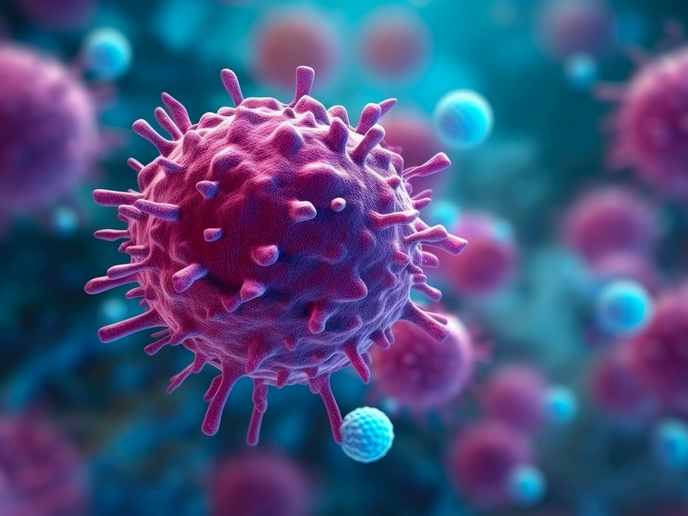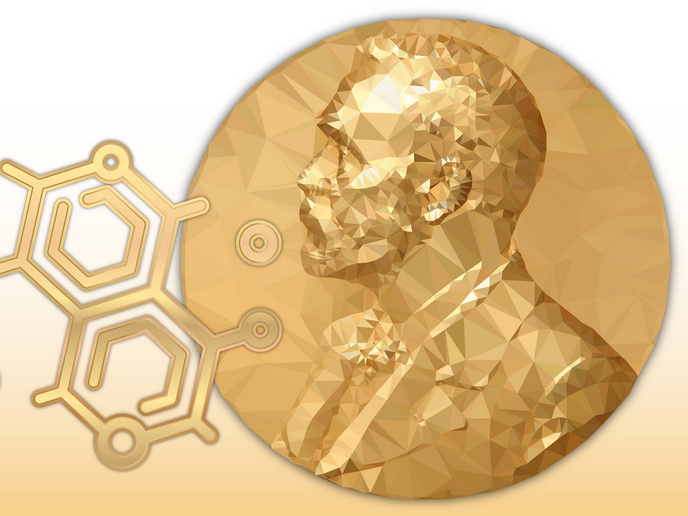Understanding how inflammation starts – and spreads
While an inflammatory response may start in, for example, the skin, it doesn’t always stop there. Sometimes it spreads, affecting different organs and even the entire body. Called chronic systemic inflammation, or CSI, this condition is often associated with the progression of such diseases as psoriasis, atopic dermatitis and cancer. But what causes CSI? That’s a question that the EU-funded CSI-Fun project set out to answer. “We wanted to understand how skin inflammation spreads through the body and affects different sites and organs,” says Erwin Wagner, a researcher at the Medical University of Vienna and the project’s principal investigator. To do so, researchers turned to mouse models.
Using mouse models to understand disease progression
Using mouse models, the project’s researchers were able to modulate certain genetic events that affect a given pathology. For example, in the context of psoriasis, specific proteins were removed from the skin of mice. Within a couple of weeks, this genetic alteration caused a lesion that resembles psoriasis, later spreading to the body and affecting the joints. This approach allowed researchers to follow the fate of the disease over extended periods – an important consideration given that the systemic manifestations of CSI do not typically become apparent right away. “Around a third of psoriatic patients develop psoriatic arthritis, a joint disease that often emerges many years after patients are diagnosed with psoriasis,” explains Wagner. “Using mouse models enabled us to essentially fast-forward disease progression.”
New insights into how the skin and joints communicate
With the mouse models in hand, the project began building a broader picture of how skin and joints communicate, identifying the molecules, signalling pathways and cells involved. Researchers also looked at CSI in the context of cancer-associated cachexia (CAC), a metabolic syndrome that often occurs in the late stages of cancer and is associated with weight loss and poor survival. Based on this work, the project made several interesting findings. For example, they discovered an event in the development of CSI involving the release of inflammatory mediators, including inflammatory cytokines such as IL-6 and IL-17, which activate pro-inflammatory signalling pathways. As to CAC specifically, researchers found that a patient loses fat after a tumour becomes inflammatory. “In this pre-cachexic stage, the patient has not yet suffered from any major weight loss, but if the disease progresses further, they can enter cachexia, a deadly and irreversible condition,” notes Wagner. “Thus, new treatments should target the early changes before the patient develops a metabolic impairment.”
Identifying the factors that initiate CSI
The CSI-Fun project, which received support from the European Research Council, succeeded at identifying some of the factors behind the initiation of CSI, which kicks off a cascade of factors that, ultimately, causes the disease to progress. It also demonstrated the power of using genetic mouse models to understand common human diseases. Yet while this work is groundbreaking, the research is far from over. For instance, with the support of the EU-funded CANCERPREV project, the team is investigating the importance of inflammation in the context of skin cancer. “There is evidence suggesting that, in some cases, CSI can actually suppress cancer,” remarks Wagner. “This is one area we are currently exploring.”
Keywords
CSI-Fun, inflammation, mouse models, chronic systemic inflammation, CSI, cancer-associated cachexia, psoriasis, cancer, disease, skin, skin cancer, joints







